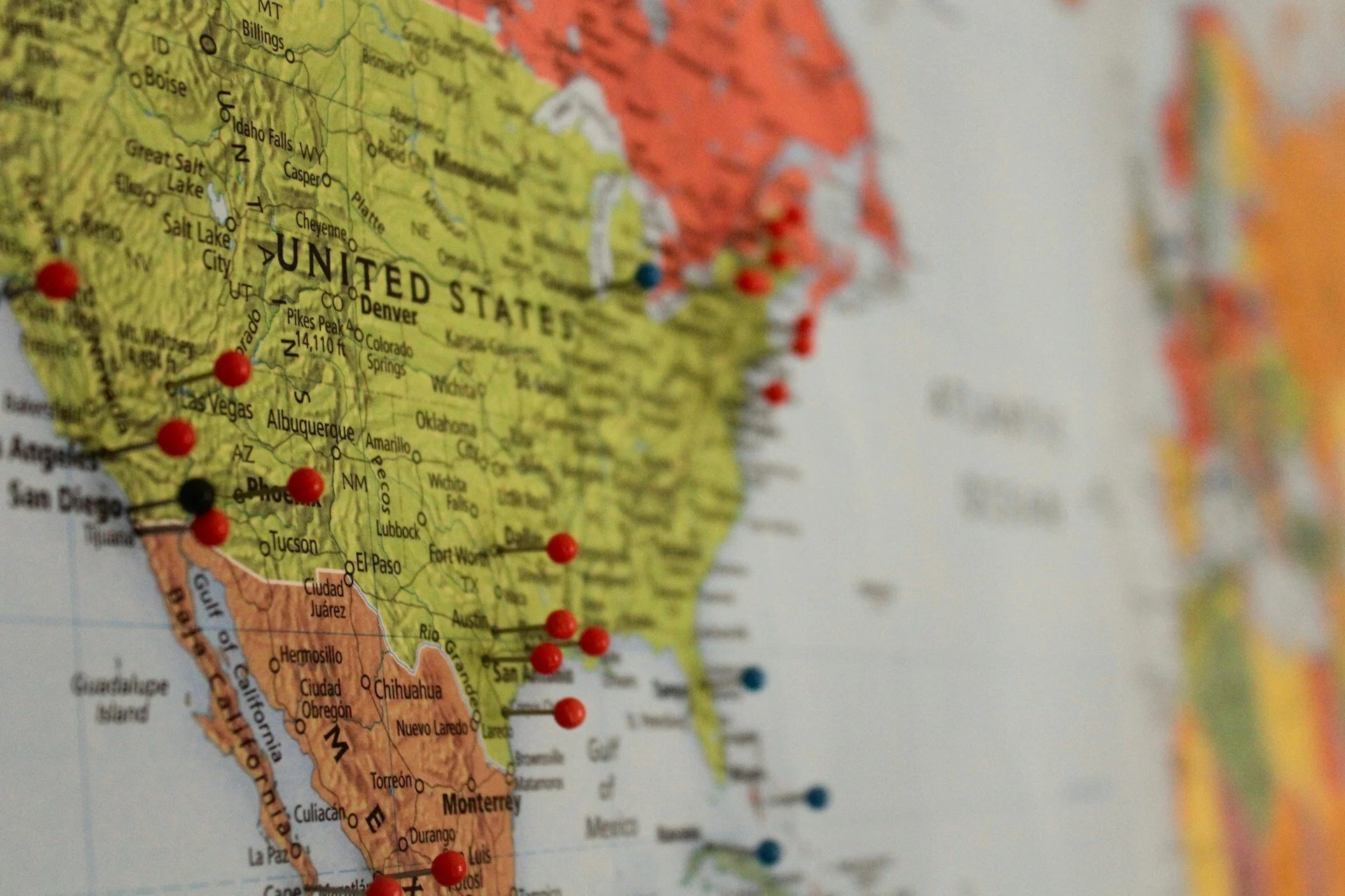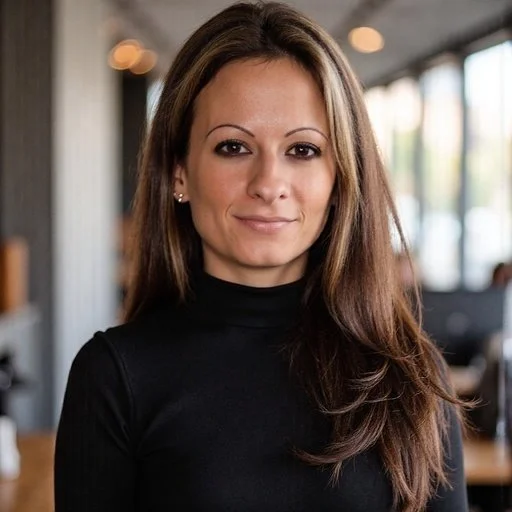The Average Cost Of Therapy In The United States
By Melissa Pizor, COC, CPC, CPCO, CPMA, CPRC
Octave Director of Revenue Cycle
Therapy can be a lifesaving treatment for mental health issues. Unfortunately, many people seeking help are unsure whether they can afford it. There’s no denying that high rates have, in the past, been prohibitive
What is the average cost of therapy in the United States? As of 2024, the national average was estimated at approximately $100 to $250 per session.
The therapy process requires multiple sessions to be effective and the high cost of therapy can quickly become unmanageable. But, since 2010, when the Affordable Care Act made it mandatory for most health insurance plans to cover therapy, more Americans have been able to afford it every year.
Pricing and insurance can be tricky to understand. Let’s take a look at how much therapy costs in the US, what insurance covers, as well as how Octave will help you navigate the insurance process.
Average Cost of Therapy Per Hour
As mentioned, the average cost of therapy in the United States ranges from $100 to $250 per hour. How do therapists get to this price and what are the factors involved?
A common misconception is that relatively low overheads should make therapy significantly cheaper. After all, a therapist may only need a small office and waiting area to provide sessions.
However, this perspective misses some key points. For one thing, the expertise required by the therapist is extensive, including a minimum of six years in college and thousands of hours of experience gained through internships.
Furthermore, the work done in therapy cannot be seen in isolation. For every hour of therapy, a therapist generally spends at least one additional hour on preparation and documentation.
Administration is another important aspect when calculating the time commitment each therapist makes. This includes things like billing, appointments and scheduling, compliance requirements, filing, and maintaining channels of communication with clients. Unlike professionals in a corporate context, many therapists often have to do all of this work alone.
How Does a Therapist Determine Their Hourly Rate?
There are a number of factors that go into determining one’s hourly rates. These include location, therapist experience and credentials, session type and duration, insurance, and whether you see them online or in person.
In the following sections, we’ll go more deeply into why the types of therapy and therapist qualifications, as well as your location, affect hourly rates.
Cost of Therapy By Therapy Type
As we’ve mentioned, different types of therapies are priced differently. These different therapy types include:
Individual Therapy Costs: individual therapy helps a person explore their inner world in a one-on-one context. Most sessions last between fifty minutes to an hour, and the frequency of sessions varies based on what each person requires. Some therapists specialize in an issue or disorder, and in these cases, therapy tends to cost more.
Family/Couples Therapy Costs: when a therapist is treating more than one person, the session tends to be more expensive. Family and couples therapy also requires specialization.
In-person Therapy Costs: this traditional form of therapy typically costs more as the therapist must cover overheads, including rent and, potentially, a receptionist.
Virtual Therapy Costs: proven equally effective as in-person therapy, the costs of virtual therapy are lower. In addition, you are less likely to have to cancel at the last minute due to illness or lack of transport, ensuring you are not left paying for sessions you could not attend. Learn more about our approach to therapy for a more extensive understanding of virtual therapy.
Average Cost of Couples Therapy
The average hourly cost of couples therapy in the US is higher than that of individual therapy. Estimates suggest that it can cost around 50% more per hour than individual therapy.
The higher rates are attributed not only to the specialization of the therapist, but also to the additional workload. Couples therapy is about more than resolving conflicts. Rather, it focuses on helping each person explore themselves independent from and within the relationship. Therefore, the therapist needs to write reports and prepare for both partners and the relationship as a whole, requiring more hours of work for every session.
Average Cost of Therapy in Different States
The average cost of therapy fluctuates from state to state. Hourly rates are affected by the same economic factors relevant to every industry and, in addition, there are factors specific to the therapy profession that contribute to the variance.
We will go into some of the reasons for the differential, but let’s first take a look at what the average cost of therapy is in different states.
The most expensive states for therapy charge, on average, from $150 to $250 dollars per hour. They include:
North Dakota
Washington, D.C.
New York
California
Alaska
In contrast, the least expensive states for therapy charge, on average, from $120 to $130 per hour. They include:
Kentucky
Louisiana
Alabama
South Carolina
Missouri
As you can see, the most expensive states can be more than fifty percent more expensive than the cheapest states. What leads to this differential?
How Your Geographic Area Impacts The Cost of Therapy
Costs of most services vary from state to state, as service providers need to keep up with the cost-of-living in their location. As such, it is unsurprising that therapists in states with a high cost-of-living charge higher rates.
There are, however, other factors that contribute to the variance in the cost of therapy per state. In particular, cultural attitudes towards therapy lead to higher or lower rates.
In the states where therapy is the cheapest, there remains a heavy stigma surrounding therapy, whereas people tend to have positive attitudes in the most expensive states for therapy.
Why do cultural attitudes towards therapy impact pricing?
Demand for Therapy
People’s attitudes towards therapy affect how much demand there is for the service. In metro areas where attitudes are more positive, therapy is in high demand, leading to long waiting times and high prices.
But in areas where therapy is seen in a less positive light, low demand means sessions are more readily available. In addition, even those choosing to see a therapist may not place as high a value on it and are therefore less willing to pay higher prices.
Specialized Therapists
The variance in therapy rates can be skewed by the number of specialists available in the state. There tends to be a higher concentration of specialists in the most expensive states for therapy, due both to access to tertiary education as well as attitudes towards specializing in the mental health field.
Income and Access
In many of the cheapest states for therapy, incomes tend to be lower, making it more difficult for individuals to pay for therapy. Many therapists in these areas apply a sliding scale to their fee structures, ensuring that those in financial straits can still afford mental healthcare.
Virtual therapy is also more commonly used in these states in order to help lower the costs and provide access to individuals in rural locations, lowering the average rates that residents pay.
How the Type of Therapist Impacts Cost
Different types of therapists charge different rates for their services, generally correlating with their level of specialization. Here’s an overview of therapist credentials explained, as well as what you can expect to pay for each:
LPC / Therapist: a licensed professional counselor (LPC) is a therapist with a master’s degree and thousands of hours of experience gained through internships. When not specialized in a specific type of therapy, their rates are generally on the lower range of the spectrum ($100 to $174).
LCSW / Social Worker: licensed clinical social workers (LCSWs) also hold master’s degrees and have thousands of hours of experience. However, their focus is not on traditional therapy but rather community care, advocacy, crisis intervention, and behavioral health. Their rates are similar to those of LPCs.
Psychologist: with a doctoral-level education and thousands of hours of experience, a psychologist’s rates are on the higher end of the spectrum ($175 to $250). Although they use the same modalities as a masters-level therapist, their expertise is pertinent to their premium rates.
LMFT: a licensed marriage and family therapist (LMFT) has a specialized education in family systems. They charge, on average, $100 to $250 per hour.
Psychiatrists: a psychiatrist is a medical doctor who specializes in diagnosing and medical management of mental illness. Their rates are significantly higher than those of other mental health professionals but, unlike therapy, visits are rare except in times of crisis.
How Insurance Impacts The Average Cost of Therapy
Regardless of whether you’re paying $100 or $250 for therapy, it is still a major investment. If you’re seeing your therapist on a regular basis, it adds up to hundreds of dollars a month.
This is where insurance coverage comes in. Health insurance providers pay from 60% to 90% for therapists who are in-network (depending on provider and plan). At Octave, we work with your insurance provider to offer therapy at an average out-of-pocket rate of $28 per session.
Traditionally, many therapists did not have the time to manage the admin and therefore accepted cash only. Today, however, far more therapists take insurance. Furthermore, you will be able to claim from any therapist you see through Octave as we have structures in place to assist therapists with navigating the administration.
Octave will also help you navigate your requirements in order to claim from insurance, providing assistance with understanding your plan and what it covers before you find a therapist.
To learn more about how much of your fees your provider will cover, try our insurance cost estimate calculator.
Final Thoughts on the Cost of Therapy
The average cost of therapy in the US in 2025 ranges from $100 to $250, depending on location, the type of therapy, the credentials and experience of the therapist, and a range of other factors.
Without assistance, therapy is unaffordable for many Americans, especially considering that it requires regular sessions to be effective. This is why insurance is so important for people seeking mental health treatment.
Health insurance is complex and different plans can be confusing. Octave helps you navigate what you need to claim from your insurance provider, how much they will pay, and deductions and copayments.
Browse therapists on Octave today for affordable therapy from expert mental health professionals.


